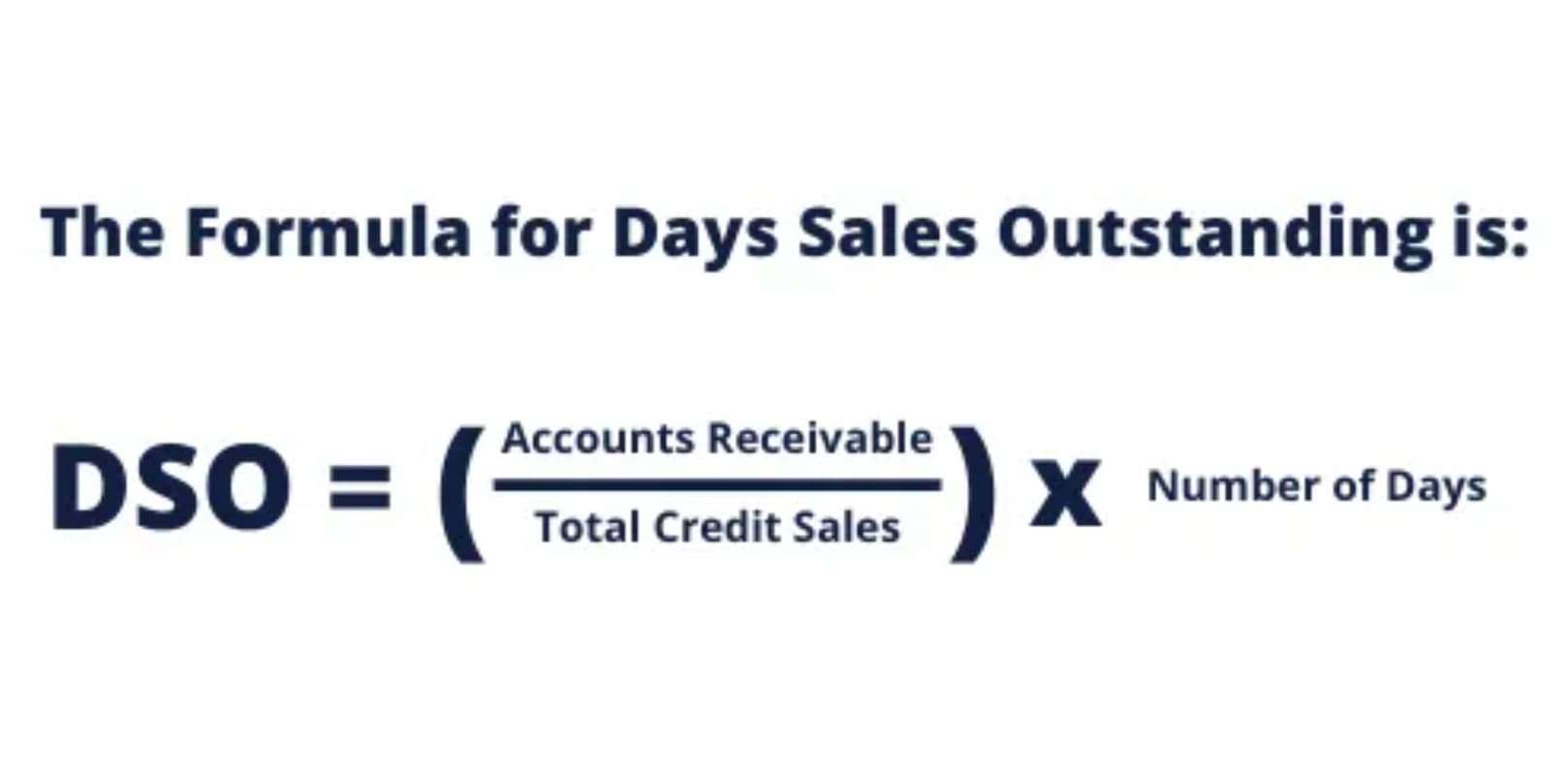
The fact that cash flow as a standalone statement shows the actual liquidity condition of a business is why cash flow statement importance can never be under-estimated. Just because a business shows a large profit from trades in the Income Statement, doesn’t mean its money is sat in a bank faring well; that profit can be stuffed in accounts receivable or inventory. Profit is the amount shown on an income statement after revenue and cost of goods sold are recorded to compute gross profit, operating expenses are deducted, and non-cash expenses are recorded. Both profit before tax and profit after income tax (net income) are displayed on financial statements. Year 0 is the year of investment in the project, which often shows negative cash flows.
🎓 Unlock Core Accounting Skills for Financial Analysts!
Understanding real-world applications and templates of cash flow statements helps businesses and individuals manage their financial health effectively. These examples illustrate how to analyze cash inflows, outflows, and identify trends for smarter decision-making. Below, find a detailed real-world example and an easy-to-use template for beginners. For instance, if a company issues new shares, this creates a cash inflow. Conversely, cash outflows occur when repaying loans or distributing dividends to shareholders. Monitoring the flow from financing activities is crucial to assess a company’s financial stability and its ability to balance debt and equity.
Definition of cash flow
This statement helps measure a company’s cash position, which shows how well it manages and generates cash to pay for expenses and liabilities. Operating cash flow, which is net cash produced from a company’s regular business operations, reflecting its ability to generate enough cash to pay its bills and sustain growth. Positive cash flow enables a company to pay bills and make new investments. Negative cash flow means more money is leaving the company than coming in, indicating financial trouble and the inability to pay for operational expenses.
Cash at end of period

If free cash flow is positive, that means the company is making enough money to maintain and grow the business, as well as return money to shareholders and creditors. Capital expenditures are usually listed as “purchases of property, plants, and equipment” on the cash flow statement. All of these things can affect accounting earnings even though they https://www.bookstime.com/ had zero effect on the company’s cash position at the time. A high FCF tells investors that a company can pay its bills each month, which might indicate the company is ready to grow. A low FCF means less money is available after paying business expenses, which might indicate the business could benefit from restructuring to save on operational expenses. Cash flow is money that moves in and out of your business bank account.
Below, we’ll walk you through everything you need to know about cash flow management to take control of your business financial situation and plan for the future. Conversely, if a current liability, like accounts payable, increases this is considered a cash inflow. This is because the company has yet to pay cash for something it purchased on credit.


If you don’t update your forecast, it will slowly diverge from reality and become less and less accurate—leading to potential cash flow issues that could have been avoided. It’s basically the sum total of all the lines that we’ve defined here in this article (except for “cash at beginning of period”). Nothing will appear there in July, and then in August, you start paying back in equal installments that appear as negative numbers. Short-term debt is usually paid back within a year, while long-term debt can take much longer to pay off. When you buy an asset, like a vehicle or a piece of equipment, you’ll subtract the cash you used to make that purchase.
Cash Flow From Investing

Upon completion, earn a recognized certificate to enhance your career prospects in finance and investment. To understand the financial health of a business, all three statements are needed. However, to determine a company’s cash position, the cash flow definition of cash flow statement or a balance sheet can be used.
How to Increase Cash Flow

Many consider it to be an even better measure of profitability than net income. Cash flow from operations is the amount of cash generated from the normal functions of the business. You can also see that Apple spent a lot of money on share buybacks (repurchases of common stock) and dividend payments.
If so, you’ve hopefully been learning how to read financial statements. You know that the balance sheet shows Debt to Asset Ratio a company’s assets and liabilities as of a specific date, and that the income statement shows a company’s income and expenses over a period of time. The missing piece to understanding a company’s entire financial picture is the statement of cash flows. A cash flow statement (C/F statement) is an accounting reconciliation of the company’s income and balance sheets, quantitatively analyzing cash inflows and outflows.
- One of the most commonly cited terms in any discussion of the health of a business is cash flow.
- Knowing the difference between the two can help you stay on top of your cash.
- Other factors from the income statement, balance sheet, and statement of cash flows can be used to arrive at the same calculation.
- On the contrary, cash-flow is the inward and outward movement of money from the business.
- No complicated calculations, checking formulas, or manual updates are required.
- Luckily, there is software that makes the calculation easier, notably Microsoft’s Excel.
Nevada vs. Delaware LLC: Which State Is Best for Your Business in 2025?
It will also help you receive new inventory to sell at a faster rate, helping you maintain a consistent cash flow. You can improve the speed of cash flow by providing incentives for faster payments and encouraging buyers to pay for a portion of the invoice upfront. Small businesses can manage cash flow better if they know how to calculate it and what to focus on.